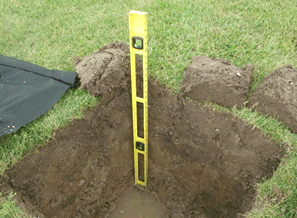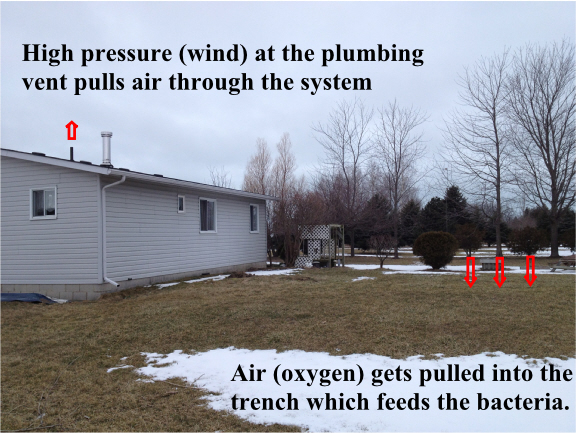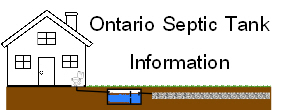First, lets go over how septic systems are supposed to operate.
The septic tank is full of anaerobic bacteria that consume (albeit slowly) the sewage and get carried out into the absorption bed. Here the dead anaerobic bacteria and remaining sewage collect and wait for aerobic bacteria to finish the decomposition process to water for proper disposal.
For a system to operate properly it requires oxygen to penetrate the soil and feed the bacteria, which is the reason the Ontario building code states that “A leaching bed shall not be covered with any material having a hydraulic conductivity less then 0.01 m/day.” Ref 8.7.2.1.(2)
The intent statement for the above code reference also reads – “To guard against insufficient airflow for aerobic treatment and potential system failure due to poor aeration of the bed…” too much soil
(the picture to the right is of a failing, 20-year-old septic system with 3 feet of cover, and even though the homeowners pumped the tank regularly and took care of the system, it still failed because the bacteria couldn’t breath)
So if a system has been designed according to code, why did it fail?
The above line of code is the ONLY line of the code that exists to ensure proper oxygen gets to the bacteria within the bed. The biggest problem is that because that line is so vague and the intent statement isn’t actually published for installers and inspectors to read, it simply gets ignored and systems fail all across the province. As a result, homeowners are on the hook to replace their systems due to one misunderstood line of code.
So let’s look at how a system could be improved to take advantage of passive or mechanical ventilation:


The above picture is how air could move through the system if air movement was optimized between the soil above the trenches, through the tank, and trough the roof vent.
